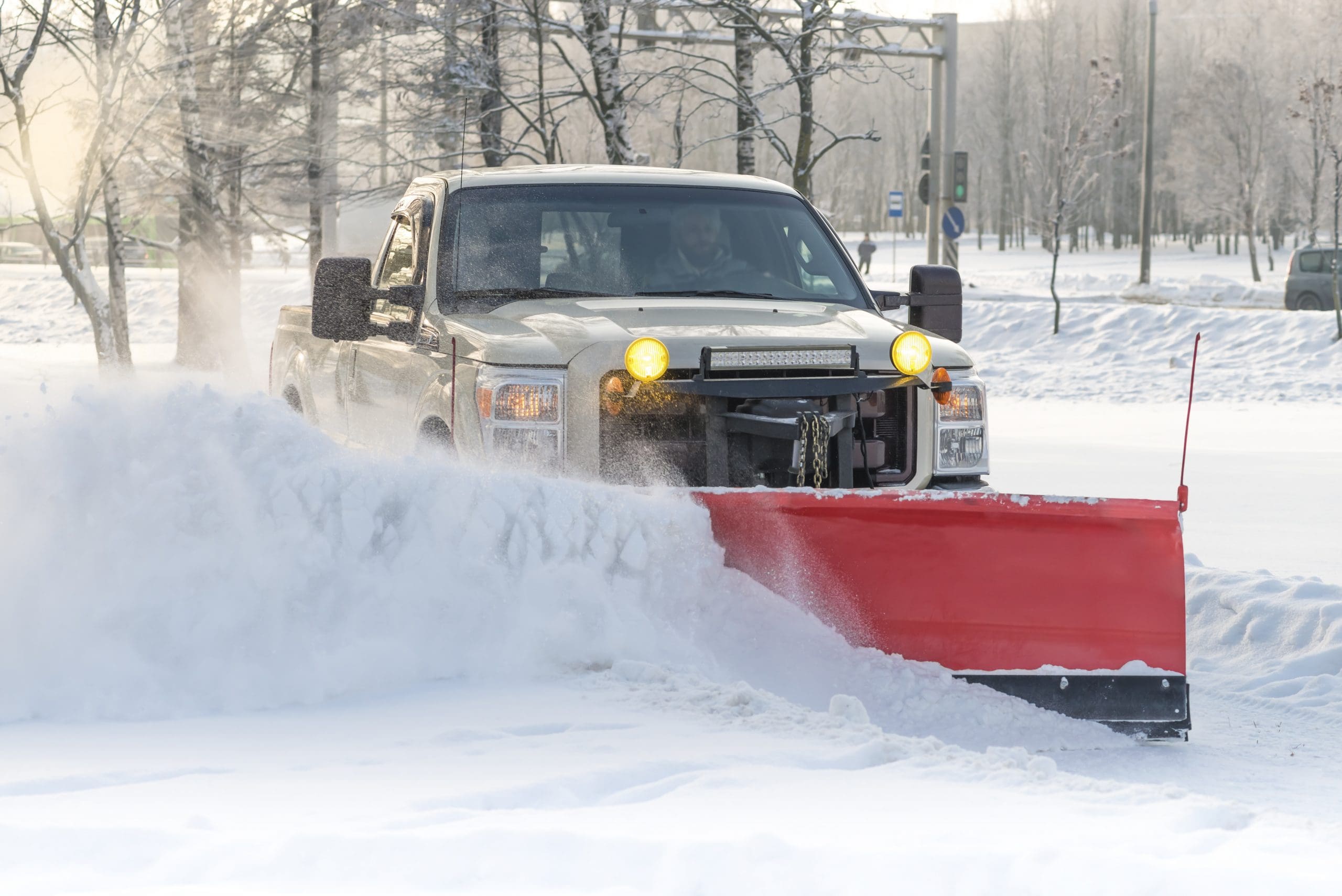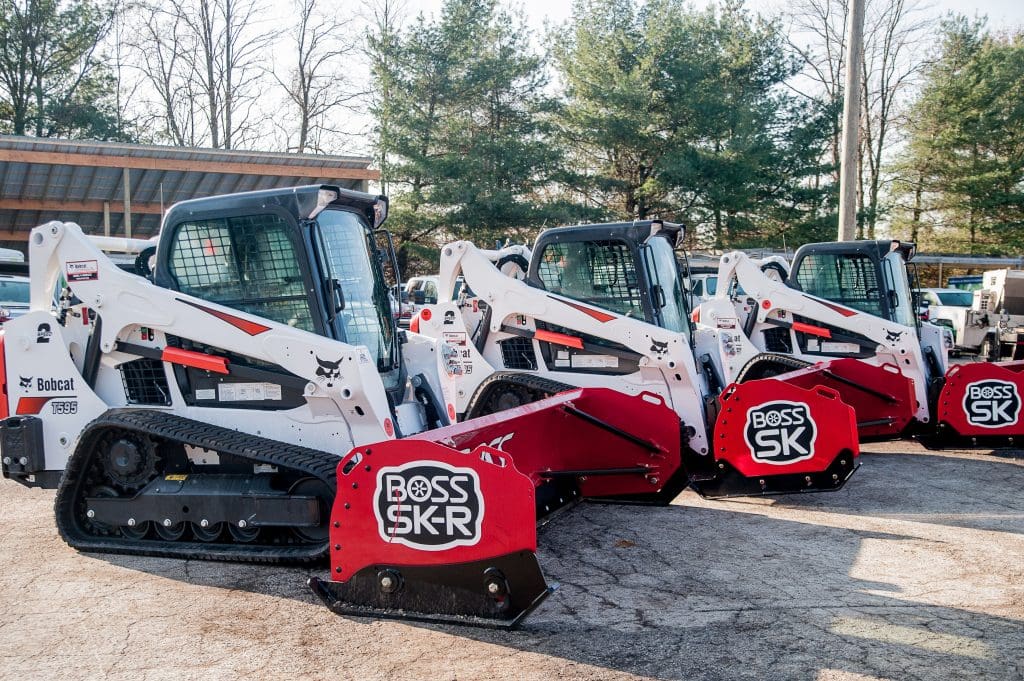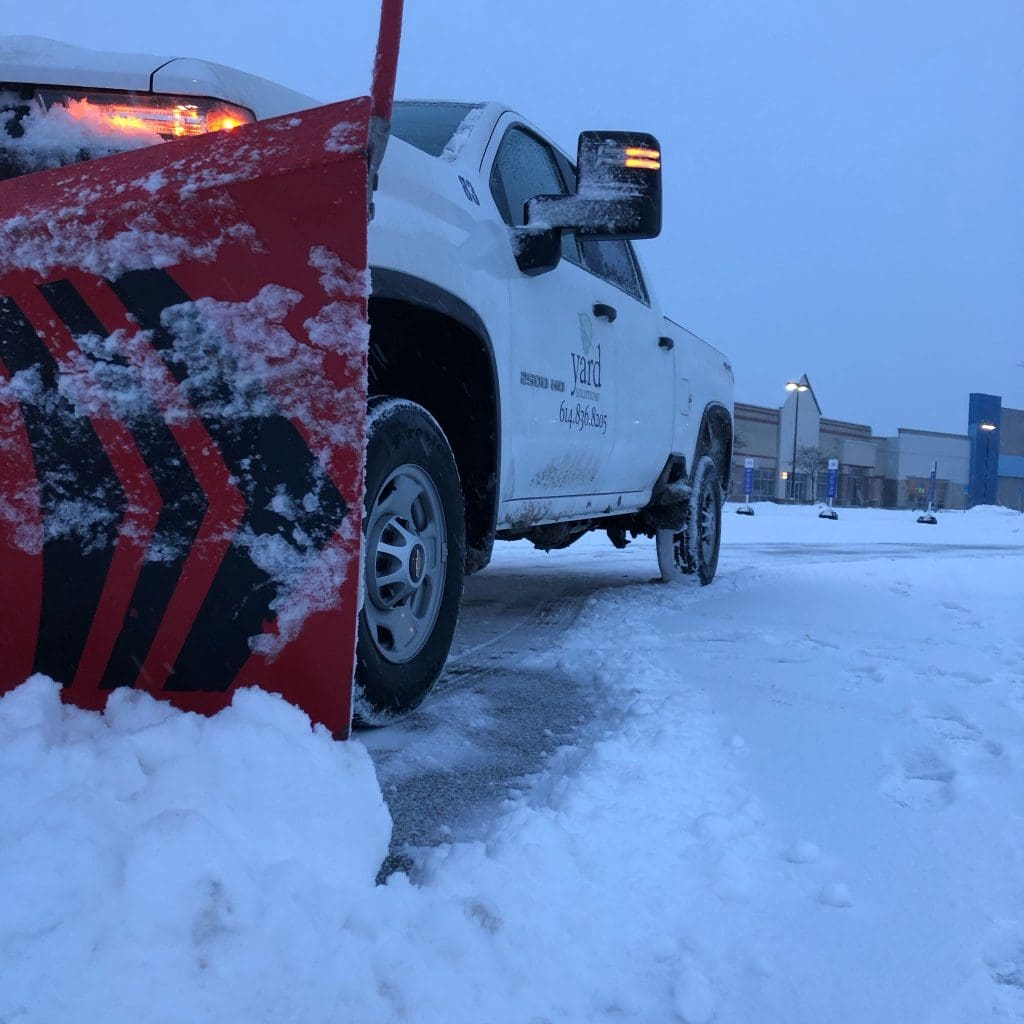
The snow season can be a bit unpredictable when it comes to how many winter events you’ll have and how much snow each event will bring. What can further complicate the situation is if you find yourself suddenly needing to hire additional snow removal subcontractors in the middle of the season.
This could be caused by having to replace existing subcontractors who aren’t performing up to your standard, picking up new contracts, or being pushed past your capacity with your existing staff.
Justin Gamester, president of Piscataqua Landscaping & Tree Service based in Eliot, Maine, says it’s becoming more common for subcontractors to experience labor issues, which forces them to back out or slim down their normal scope of work for you.
Although this isn’t an ideal situation, it is possible to find additional labor with subcontractors.
“I think the key to getting subcontractors in the middle of the season is to treat the subcontractors you have on staff as good as you possibly can, with open communication and compensating them in a timely manner, which helps to bring in other subcontractors by word of mouth,” says Todd Walters, owner and president of Valley Landscaping, based in Christiansburg, Virginia.
Where to Look
Mike Rorie, CEO of GIS Dynamics and board member of GroundSystems, based in Cincinnati, Ohio, says during particularly bad winters, other trades that are suffering from interruptions can be wooed into battle.
“We seek relationships year-round with other trades beyond our own core profit centers,” Rorie says. “Our suppliers also share what a solid company we are to work with. So all types of trades, roofing, blacktop, irrigation, landscape installers, you name it we market to them. Our own subs are a great reference for outreach as well.”

Walters says they also network through other industries such as paving, concrete and roofing companies. Valley Landscaping uses marketing through various recruiting and social media platforms as well.
Eric Remeis, president of Yard Solutions based in Groveport, Ohio, says they have purposely implemented service partners into their landscape maintenance during the warm season and then let them know they can earn money during the winter as well.
“The best way to find and maintain service partners is by treating them like one of your own with respect and paying them well,” Remeis says. “This will keep them coming back while referring Yard Solutions to their friends who do the same type of work.”
Subcontractors can also be found in the middle of the season if they realize the business they’re currently working for is bad at communicating, slow to pay, or the work is unsatisfactory.
Signs of a Good Subcontractor
Even when they are in a bind, all three companies say they take to the time to properly vet the new subcontractors.
“Snow removal is tough work that requires skill,” Remeis says. “The risks are high, and you do not want to get a black eye with your client from a poor service contractor.”

Rorie says often they know why a subcontractor is available or looking to join them as a provider. They still follow the same guidelines in adding a company or will pass on hiring them. He says a good subcontractor will come with a good referral, and when asked to meet they will come prepared.
Remeis adds that subcontractors who have good equipment and staff are key. He also says they should treat the snow care work as important as their core business.
Gamester says responsiveness is also a sign of a good snow removal subcontractor.
“Good communication is always a great sign, has access to email and text,” Gamester says. “Asks questions about the scope. Has the ability to keep records and send invoices on time.”
“A subcontractor that calls you prior to the event rather than waiting for you to call them, one that is proactive and not reactive, and an individual that is willing to work with you above and beyond their contract,” Walters says.
Taking on Extra Business

Because finding additional subcontractors in the middle of the season can be challenging it is important to know when to turn down additional work rather than saying yes and then scrambling for extra laborers.
“Usually your production/branch department knows how committed they are, so if they are already running at 105 percent, we wouldn’t agree to take more on without finding more supply,” Rorie says. “On the other hand if it’s good work and we’re at 95 percent then we would likely say, ‘Let’s go, we’ll get more supply but we can make it through until we do…’”
Walters says they never want to overextend their abilities to perform due to the liability that comes with snow removal.
“We will turn down new work before pushing our staff or service partners past their capacity,” Remeis says. “At some point, operations become too dangerous and not worth the risk.”

